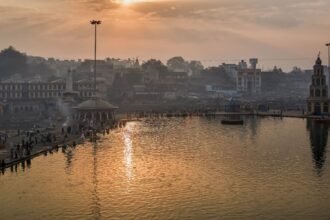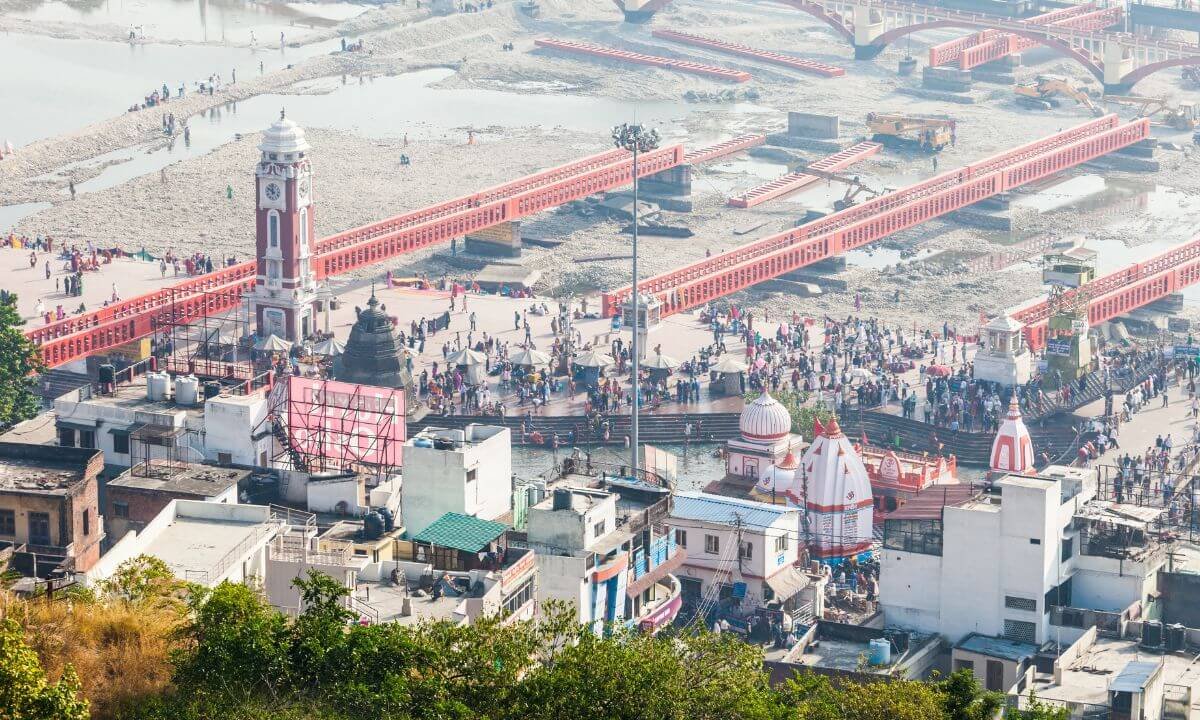Behind the spiritual magnitude of the Kumbh Mela lies a massive, well-coordinated administrative framework. As pilgrims begin planning for the upcoming Simhastha, the question arises: who is the Nashik Kumbh Mela Authority 2027?
In this blog, we take a look at the main administrative bodies involved in planning, organizing, and managing the event, their responsibilities, and how the entire city transforms to welcome millions of devotees.
Understanding the Nashik Kumbh Mela Authority 2027
The Nashik Kumbh Mela Authority 2027 refers to the joint administrative setup created by the Maharashtra State Government, the Nashik Municipal Corporation, and various religious and civic bodies. The purpose is to ensure smooth execution of all activities—from pilgrim services to crowd control and sanitation.
This authority typically includes:
- Government officials
- Law enforcement agencies
- Religious representatives (including Akhara councils)
- Urban planners and public health experts
Key Organizing Bodies
Here’s a breakdown of the main players within the Nashik Kumbh Mela Authority 2027:
| Authority | Role |
|---|---|
| Maharashtra State Government | Overall coordination, fund allocation, high-level planning |
| Nashik Municipal Corporation (NMC) | Urban infrastructure, waste management, public services |
| Trimbakeshwar Municipal Council | Management of events and logistics in Trimbak |
| District Collector, Nashik | Ground-level implementation, permits, coordination |
| Public Works Department (PWD) | Roads, bridges, temporary infrastructure |
| Police and Disaster Management Teams | Security, traffic regulation, emergency response |
| Water & Sanitation Departments | Clean water supply, toilets, drainage systems |
| Akhil Bharatiya Akhara Parishad | Coordination with religious sects and akharas |
These agencies operate together under a central Kumbh Mela Coordination Committee, chaired by senior bureaucrats and supervised by a designated Kumbh Mela Commissioner.
What Does the Authority Manage?
The Nashik Kumbh Mela Authority 2027 is responsible for managing:
- Pilgrim accommodation: Setting up tent cities, dharamshalas, and affordable shelters
- Transport: Special buses, shuttle services, and crowd flow management
- Health and hygiene: Hospitals, mobile clinics, vaccination drives
- Cleanliness drives: Daily waste collection and water purification systems
- Civic amenities: Signage, lighting, public toilets, and food distribution
- Digital coordination: Real-time crowd tracking, drone surveillance, online pilgrim portals
They also coordinate with central government agencies such as the Ministry of Tourism and Indian Railways for smooth interstate and international pilgrim movement.
Also read : Nashik Kumbh Mela 2027 How Many Days Will It Last?
Tech & Innovation for 2027
Expect the Nashik Kumbh Mela Authority 2027 to incorporate:
- AI-powered crowd management tools
- Mobile apps with live maps, safety alerts, and route planning
- RFID wristbands for tracking lost individuals
- Helpline services for medical or safety emergencies
- Smart dustbins and mobile toilets
These smart interventions help avoid stampedes, health outbreaks, and logistical chaos, ensuring a safe and spiritually enriching experience for all.
Public Participation
The Kumbh Mela is not just government-run; it’s a participatory event. NGOs, volunteer groups, spiritual organizations, and local citizens play a vital role in:
- Running free food stalls (langars)
- Providing assistance to elderly pilgrims
- Organizing spiritual discourses and cultural programs
- Supporting lost-and-found centers
How to Stay Informed
The official website of the Nashik Kumbh Mela Authority 2027 will go live closer to the event, offering:
- Official announcements
- Accommodation booking options
- Guidelines for pilgrims
- Emergency contact numbers
You can also follow platforms like MeraKumbh.com for simplified updates and local insights.
Conclusion
The Nashik Kumbh Mela Authority 2027 is a vast and well-structured system working quietly behind the scenes to ensure that millions of pilgrims can come together in peace, safety, and spiritual harmony.
This mega-event is not just a religious gathering—it’s a triumph of organization, planning, and devotion. As the dates approach, understanding who is in charge helps every pilgrim feel more confident and prepared.





